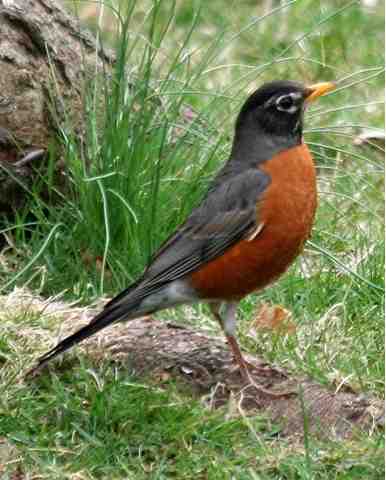At first I just noticed that the birds were happily singing. Then, as I continued to walk, I noticed the different sounds each bird was making. There were the happy chirps. Then the angry calls as a parent bird chased a black crow. The crow screeching as he flew away from the defending parent. The long coos of the doves were very subtle, but there they were in the cacophony of morning songs.
Normally I am not an outdoor person, but I do notice my surroundings especially if it is a musical setting - even nature's musical symphony of bird songs.
The musical connection I made from the morning's walk was as I realized I could distinguish between each bird's song I associated this distinction with the identification of musical motives within a musical work.
Musical works, from simple children's songs to formal classical pieces, have patterns in them. We, i.e. "musical sorts," call these patterns musical "form." In the elementary classroom form begins with same and different musical phrases. This progresses from the simple to complex throughout musical study until collegiate courses devoted to "form analysis" in general and studies of specific genres, time periods or composers, such as the course on Gustav Mahler's symphonies I took during my time at SIUE.
Back to the bird songs.
One bird can make many different sounds expressing different things - contentment, fear, alarm, hunger, anger, etc. These different sounds are distinguished, isolated, and identified. Then when they are repeated the listener can make associations and recognize a given sound.
Now to music.
One piece of music is made up of many different sounds. In music we call these different sounds "motives." A motive is distinguishable, can be isolated, and identifiable. Just like the bird songs. Within a piece of music composers tend to reuse these motives so that they are recognized when repeated. This repetition (along with contrasting musical material) develops the piece's musical form.
As I continued my walk I began planning how I might used this bird song connection in my classroom. That's for another day. I think I'll go take a walk...
